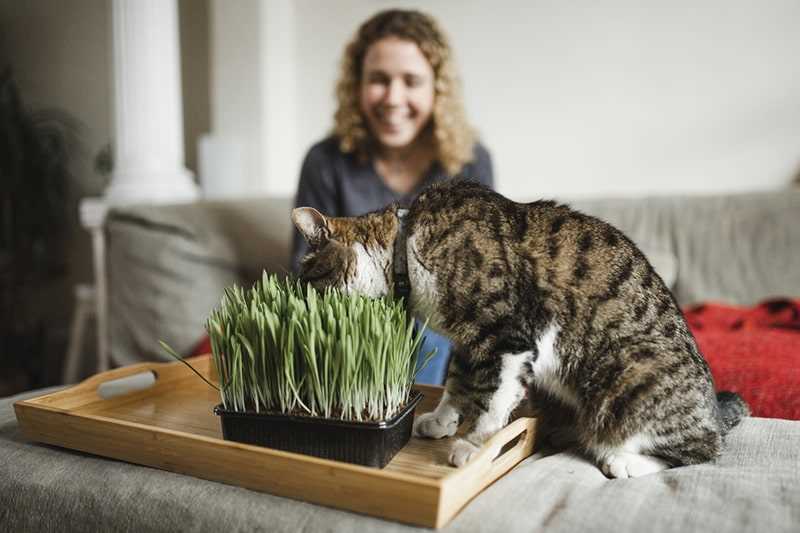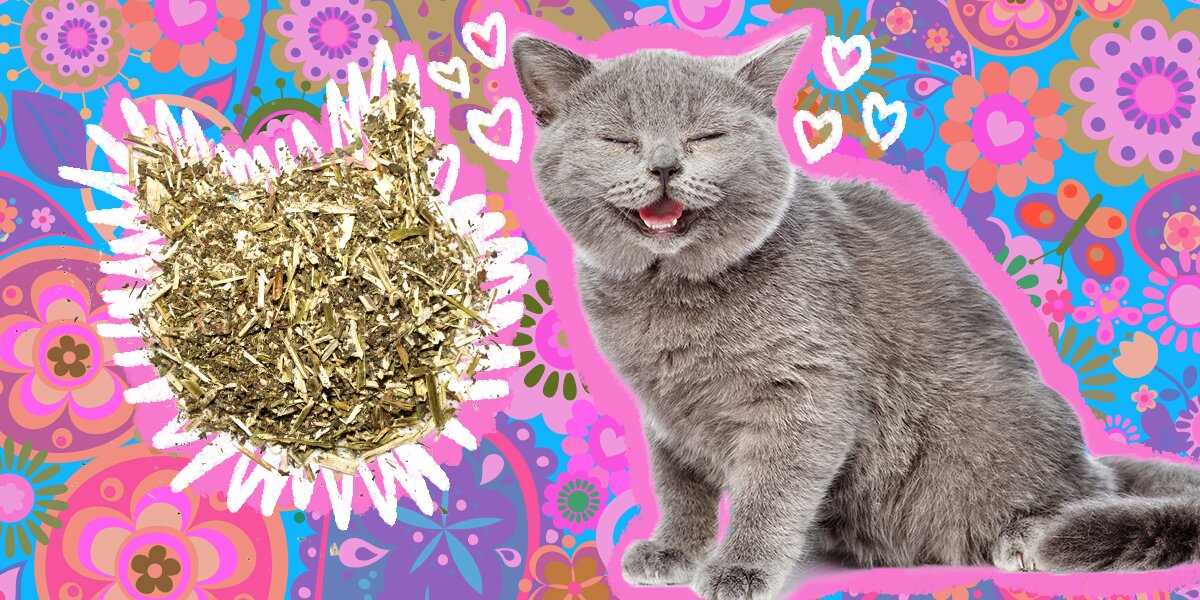



Whenever I catch a whiff of that delightful green wonder, my world transforms. It’s not just me; many of my furry friends react similarly. This special plant, known for its unique effects, tends to ignite a playful spark in us. The excitement it brings is unmatched, making playtime even more exhilarating.
Scientific studies reveal that about 50-75% of felines respond to this herb, thanks to a compound called nepetalactone. This substance interacts with the scent receptors in our noses, triggering euphoric behaviors like rolling, purring, and even playful antics. It’s fascinating how such a simple leaf can induce such joy!
Offering this herbal treat can also serve as a great bonding experience. When humans sprinkle it on toys or scratchers, they create an engaging environment that stimulates our natural instincts. This interaction not only entertains but also helps keep us active and mentally sharp.
Understanding the chemical compounds in catnip

As an 8-year-old Scottish Fold, I’ve explored many fascinating topics, and the compounds in my favorite herb are truly intriguing. The primary active ingredient is nepetalactone, a natural oil found in the leaves and stems. This compound binds to the receptors in the cat’s nose, triggering a response that can lead to excitement and playfulness.
Other components, like actinidine and various terpenoids, also contribute to the overall effects. While nepetalactone is the star, these additional compounds can enhance the experience, making it more enjoyable. It’s worth noting that sensitivity to these substances varies, with some felines showing little to no reaction.
When selecting products, look for those that contain high-quality, pure nepetalactone. This ensures a stronger effect. Freshness matters too; dried forms can lose potency over time, so always check the packaging for expiration dates. I prefer using fresh leaves or high-quality sprays for the best reaction.
Interestingly, the response to this herb is hereditary. About 50-75% of my fellow feline friends inherit the sensitivity, while others might not feel anything at all. This genetic trait can be traced back to wild ancestors, who might have used it for hunting or stimulating their senses.
In moderation, exposure to this delightful plant can stimulate playfulness and reduce stress. Just remember, not all reactions are the same. Observing how I react can help determine the right amount and frequency for enjoyment without overwhelming my senses.
How Catnip Affects Feline Behavior
Engaging with this herb can lead to a variety of reactions in us felines. The most common response includes increased playfulness and a noticeable boost in energy levels. It’s fascinating to observe how some of my friends can go from lounging to zooming around the house in mere seconds after a whiff of this delightful plant.
Another notable effect is the tendency to exhibit more affectionate behaviors. Many of my fellow cats become extra cuddly and friendly, seeking out human companionship and purring loudly. This can create a wonderful bonding experience between us and our human friends.
On the flip side, some may experience a sense of calm or relaxation. After an initial burst of excitement, we often settle down and may even appear more serene. This duality makes the herb intriguing, as it allows for both high-energy play and peaceful moments.
It’s essential to recognize that not all felines react similarly. Approximately 50-75% of cats show sensitivity to its effects, influenced by genetics. If you’re curious about this herb’s impact on your furry friend, observing their reaction during a safe introduction can provide insights.
If you have a cat with allergies or asthma, consider exploring cats for allergies and asthma for suitable options that might enjoy this experience without adverse effects.
Safe ways to introduce catnip to your feline friend
Start with small amounts. Sprinkle a pinch of dried herb on a favorite toy or scratcher. Observe reactions; this helps determine preferences without overwhelming. If excitement is evident, gradually increase the quantity over time.
Interactive playtime

Incorporate this herb during play sessions. Use a wand toy with a pouch filled with the herb. This keeps the experience engaging and stimulates physical activity. Rotate toys to maintain interest and excitement.
Natural alternatives
If there’s a lack of interest, consider alternatives like valerian root or silver vine. These may elicit a reaction as well, catering to diverse tastes. Always monitor interactions to ensure a safe and enjoyable experience.
Alternatives to Catnip for Uninterested Felines
For those who don’t respond to the usual green herb, there are several alternatives worth trying. Here are some options that can stimulate playfulness and curiosity:
1. Silver Vine
This plant is a close relative to catnip and contains two different compounds, actinidine and iridoids, which can elicit a strong reaction in many kitties. Silver vine can be found in powdered form, sticks, or as a plant, making it versatile for various preferences.
2. Valerian Root
Another natural option, valerian root has a scent that may excite some felines. It’s available in dried form or as a spray. The active compound, valerenic acid, can create a euphoric effect similar to that of catnip.
3. Honeysuckle
Honeysuckle wood or the dried flowers can be enticing for some furry friends. The scent can trigger playful behavior, and it’s safe for consumption. This option can be offered as a toy or in a sachet for sniffing.
4. Interactive Toys
Sometimes, the best stimulation comes from engaging toys. Look for ones that mimic prey, such as feather wands or laser pointers. Toys that dispense treats can also keep attention for longer periods.
5. Puzzle Feeders
These can provide mental stimulation and encourage natural hunting instincts. They challenge kitties to figure out how to get their food, which can be a satisfying activity and a great distraction.
| Alternative | Form | Effects |
|---|---|---|
| Silver Vine | Powder, sticks, plant | Excitement, playfulness |
| Valerian Root | Dried, spray | Euphoria, stimulation |
| Honeysuckle | Wood, dried flowers | Playful behavior |
| Interactive Toys | Wands, laser pointers | Engagement, exercise |
| Puzzle Feeders | Various designs | Mental stimulation, hunting instinct |
Experimenting with these options can help discover what truly excites your furry friend. Keep an eye on their reactions to find the perfect fit!
Potential Health Benefits of Catnip for Felines
Incorporating this herb into my routine can offer various health perks. Here are some specific advantages that might enhance well-being:
1. Stress Relief
- Exposure to this plant can reduce anxiety levels, creating a calming effect.
- Engaging with it can help alleviate stress during changes in the environment, like moving or new pets.
2. Encouraging Play and Exercise
- It stimulates playful behavior, encouraging physical activity and exercise.
- Regular playtime can prevent obesity and keep me fit and agile.
3. Digestive Aid
- Some claim it can assist with digestive issues, promoting better gut health.
- A small amount may act as a mild laxative, aiding in the relief of constipation.
4. Natural Pest Repellent
- This herb can repel insects, contributing to a more comfortable living space.
- Using it in toys or scratching posts might deter unwanted pests.
For those curious about other pet considerations, do sonic dog fences work might be an interesting topic to explore.









